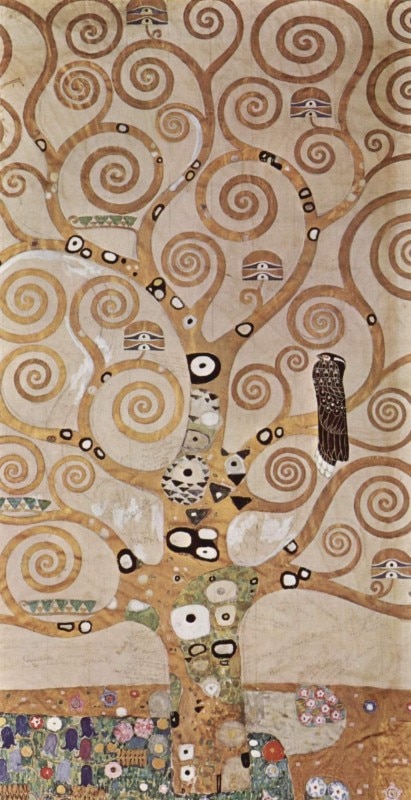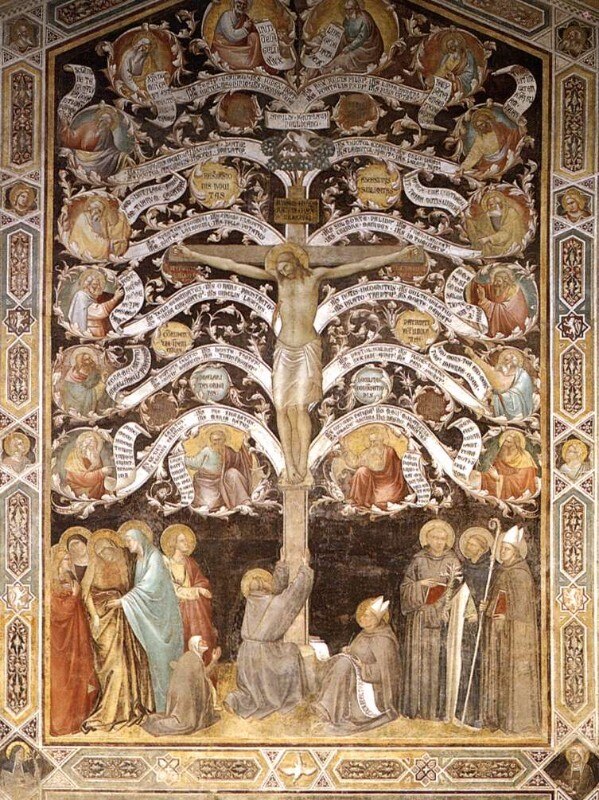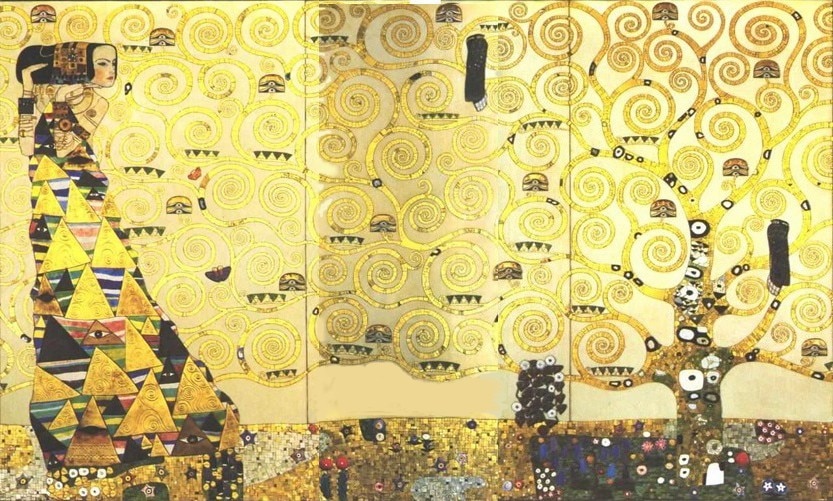The Environment department of Belgium’s Federal Public Health Service has launched an awareness-raising campaign to encourage citizens to throw their masks into the garbage can or use a reusable mask. Since the beginning of March, when the pandemic crisis struck Europe and then spread around the world, tons and tons of disposable masks and gloves have been used and then thrown away, not to mention the hand sanitizer gel bottles that have been added to the approximately 8 million tons of plastic waste that ends up in the sea every year.
In such a context, the arrival of compostable disposable surgical masks makes us hope that the environmental impact of this pandemic will at least be contained. From the collaboration of a Salerno-based company with an Abu-Dhabi-based company, a new environmentally-friendly mask capable of “self-destructing” has been developed.
Since 2015, the long wave of protests against the reckless policies that have led to climate change and high levels of pollution have been taking place all over the world: during these demonstrations, millions of people carry banners and large posters that are very often characterized by a single but clearly recognizable symbol. Stylized, dotted, detailed or stereotyped – the tree. Does its representation have a precise meaning for the environmental revolution? And for art? What did it express? Does it have the same value?

In painting, the tree as the main subject takes on a different meaning – life. Obviously, the process of translation and association with life comes almost natural and spontaneous if we think of a tree, but if we examine the details of some artworks, we notice that today our idea of life is very different from the past, and it has become a translation of its most intrinsic meaning.
In most religions, the tree represents wisdom and knowledge: “He must not be allowed to reach out his hand and take also from the tree of life and eat, and live forever”(Genesis 3:22). On the contrary, in the apocalypse it turns into religious devotion: “Whoever has ears, let them hear what the Spirit says to the churches. To the one who is victorious, I will give the right to eat from the tree of life, which is in the paradise of God” (Revelation 2,7).
14th century Italian painter Taddeo Gaddi painted the Tree of Life in the Basilica of Santa Croce in Florence using the fresco technique. It is a classic medieval representation where the faces of the Saints and Apostles are inserted in golden circles, thus looking like fruits hanging from a tree. Right at the center of the tree, we find Jesus on the cross. It’s a tree of life and suffering, of rebirth and longevity of faith, of translation of the word of God and its spread for posterity. At the feet of the tree there is discouragement and despair, but from the tree spreads hope and faith.
Let’s move north, leaving Italy and arriving in Brussels – we enter a wonderful building designed by Josef Hoffmann, a well-known architect and exponent of the Viennese secession.

On the walls of the dining room of Stoclet Palace are three majestic works more than seven meters long that tell us a story while merging into a single work – the Tree of Life. In the exact center we see a tree whose branches, brilliant because of their dazzling golden color, unravel forming waves and imperfect spirals. On the left panel, a woman enters the scene. Her gaze and head point to the right, in an unnatural position for a woman reminiscent of ancient Egypt. Her hairstyle, somatic features, and clothes full of jewelry represent the Waiting. In the rightmost part, we find a couple locked in an embrace and reconciling fusion of love. The man dominates the woman with his body. The two are wrapped in bright and rich clothes decorated with geometric shapes, in perfect contrast with the softer and more sinuous ones of the tree which, in this work, assumes a meaning of reunion between waiting and love, between waiting and reconciliation, a sort of story told in contrast to Adam and Eve – forgiveness. On the black branches of the tree appears a bird, symbol of death, sitting and waiting. Life, love, death and once again life.
A tree of thought, a tree of faith, a translation and a compendium of life, not only biological or scientific, but also sentimental and intimate. This is how German philosopher Ernst Jünger summarizes this concept: “However myth knows not only the Tree of Life, but also the World Tree. Rooted in the primordial ground and flourishing in the cosmos, it brings forth the suns and stars. Here the Father and Mother are united in eternal radiance. It is the wood of Life in the middle of the Eternal City in which there are no differentiations, no holy sanctuaries. And thus the ash tree Ygdrasil, in whose shade the gods gather each day to take counsel, does not fall with them – it outlives the downfall”.
Opening image: Stoclet Frieze, Gustav Klimt, 1905-1909


